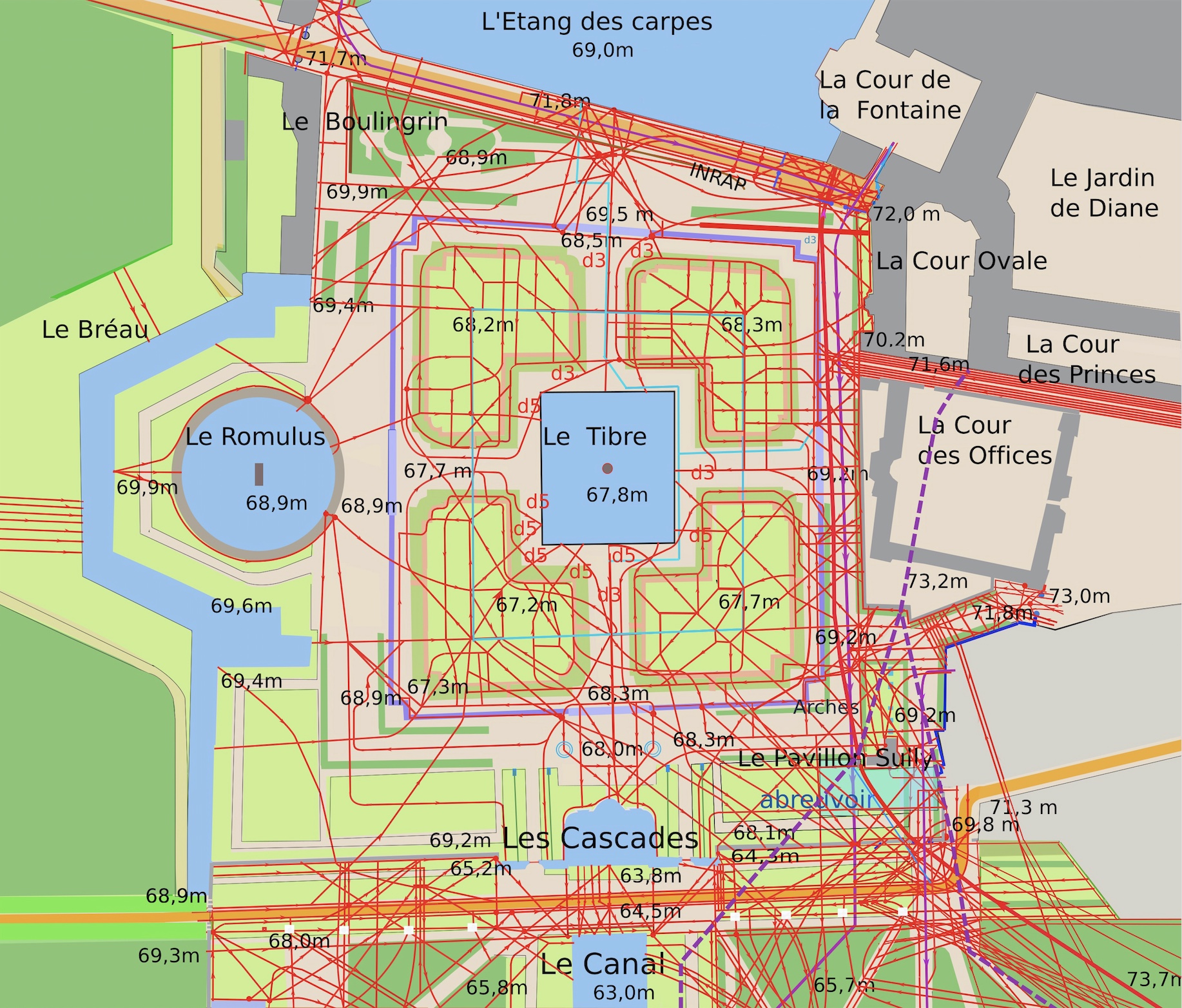

Combining multiple properties provides complementary as well as confirmatory information, as different properties distinguish different sets of areal boundaries, and more confidence can be placed in boundaries that are consistent across multiple independent properties. Most previous parcellations were based on only one neurobiological property (such as architecture, function, connectivity or topography), and many cover only part of the cortex. However, attaining a consensus whole-cortex parcellation has been difficult because of practical and technical challenges that we address here. 1) to ~200 ( refs 3, 4) areas per hemisphere. The human cerebral cortex has been estimated to contain anywhere from ~50 ( ref. Accurate parcellation provides a map of where we are in the brain, enabling efficient comparison of results across studies and communication among investigators as a foundation for illuminating the functional and structural organization of the brain and as a means to reduce data complexity while improving statistical sensitivity and power for many neuroimaging studies. Areas differ from their neighbours in microstructural architecture, functional specialization, connectivity with other areas, and/or orderly intra-area topographic organization (for example, the map of visual space in visual cortical areas) 1 – 3. Neuroscientists have long sought to subdivide the human brain into a mosaic of anatomically and functionally distinct, spatially contiguous areas (cortical areas and subcortical nuclei), as a prerequisite for understanding how the brain works. The freely available parcellation and classifier will enable substantially improved neuroanatomical precision for studies of the structural and functional organization of human cerebral cortex and its variation across individuals and in development, aging, and disease. This classifier detected the presence of 96.6% of the cortical areas in new subjects, replicated the group parcellation, and could correctly locate areas in individuals with atypical parcellations. To enable automated delineation and identification of these areas in new HCP subjects and in future studies, we trained a machine-learning classifier to recognize the multi-modal ‘fingerprint’ of each cortical area. We characterized 97 new areas and 83 areas previously reported using post-mortem microscopy or other specialized study-specific approaches.

Using multi-modal magnetic resonance images from the Human Connectome Project (HCP) and an objective semi-automated neuroanatomical approach, we delineated 180 areas per hemisphere bounded by sharp changes in cortical architecture, function, connectivity, and/or topography in a precisely aligned group average of 210 healthy young adults. Making an accurate areal map has been a century-old objective in neuroscience. Understanding the amazingly complex human cerebral cortex requires a map (or parcellation) of its major subdivisions, known as cortical areas.


 0 kommentar(er)
0 kommentar(er)
